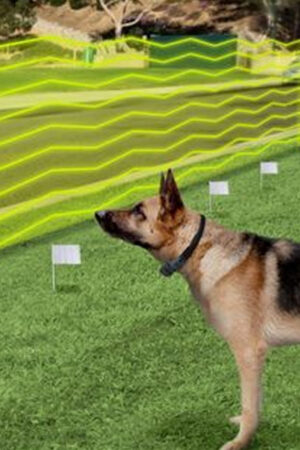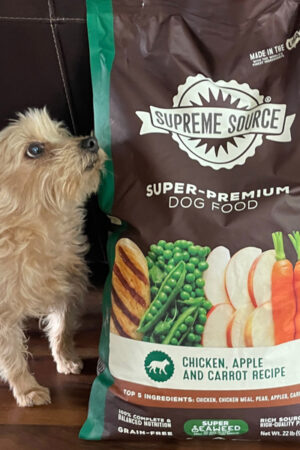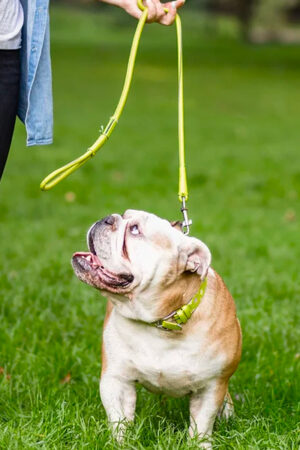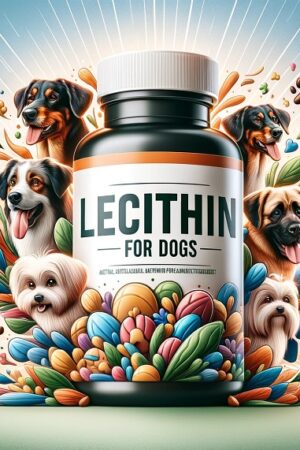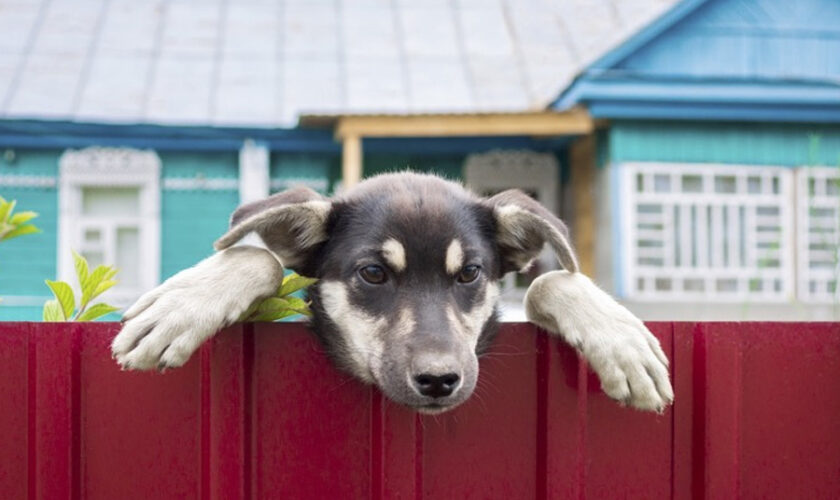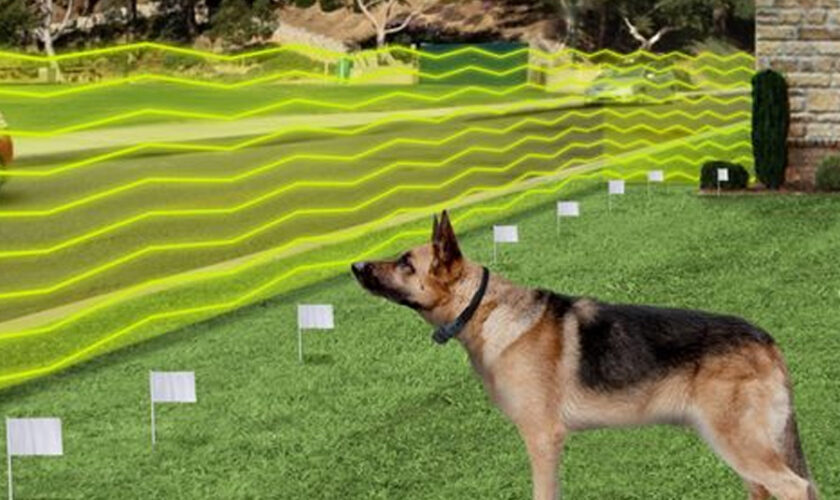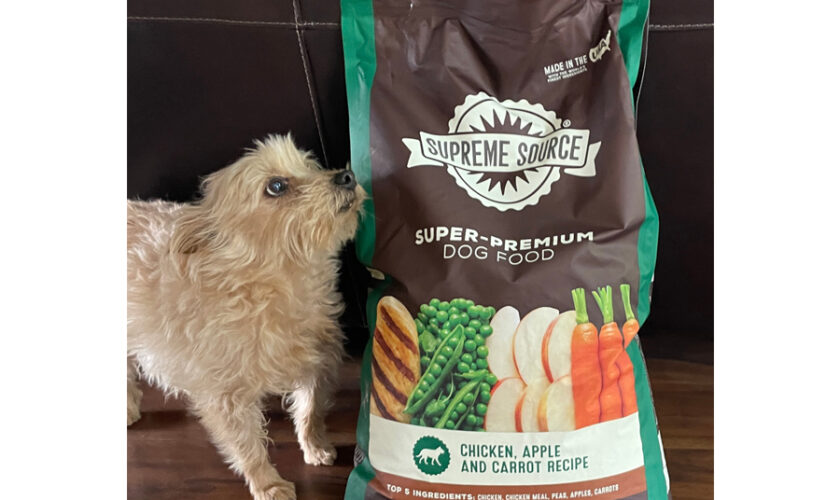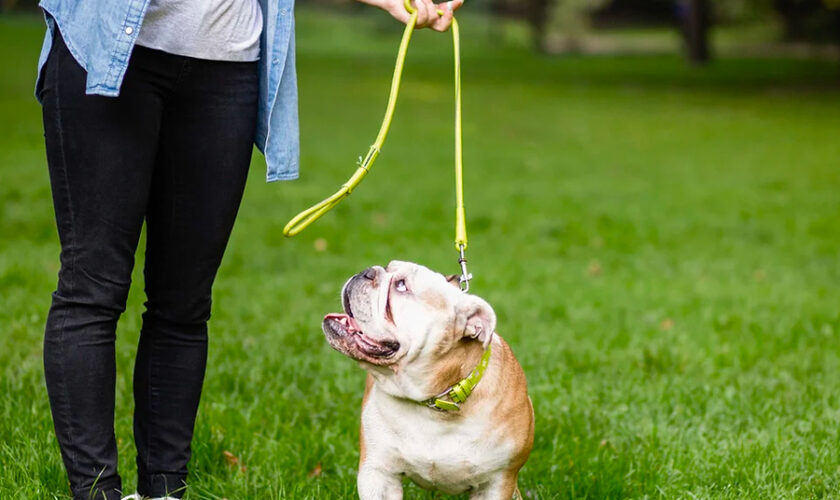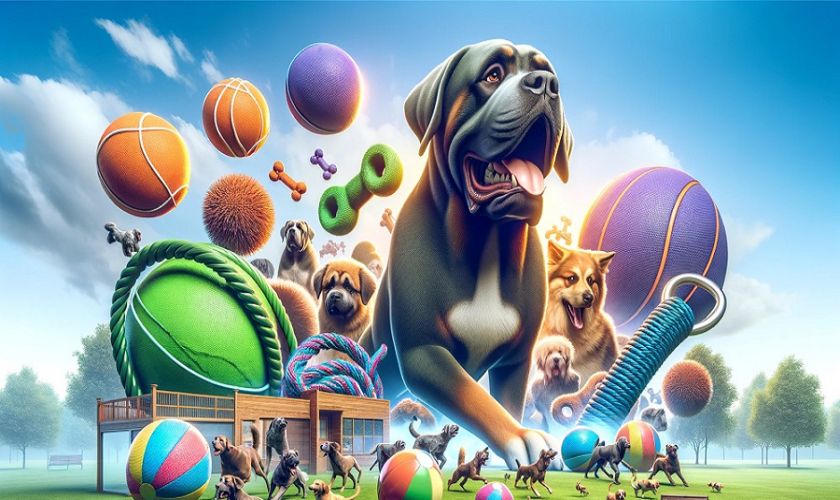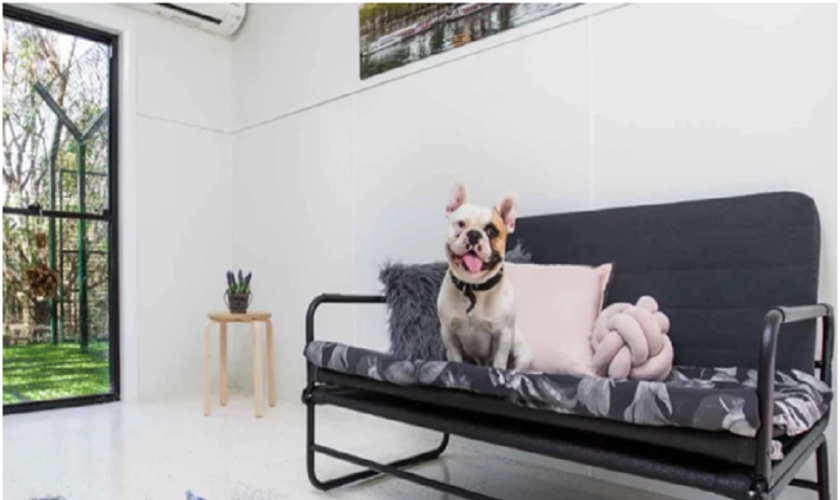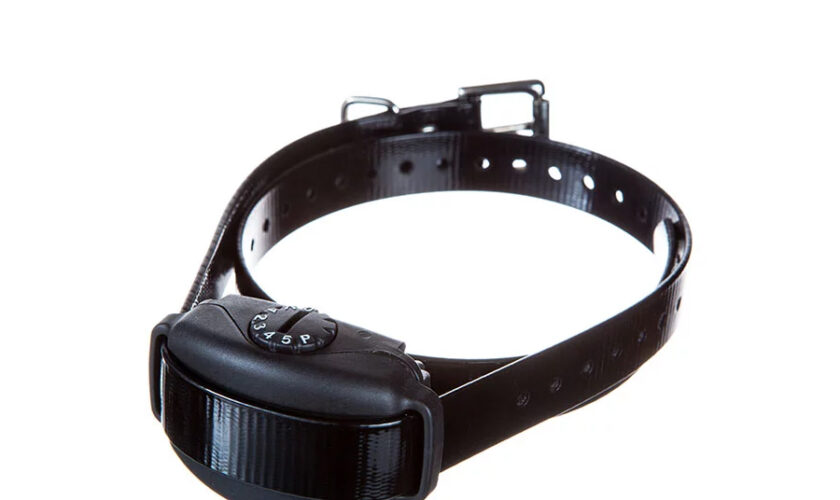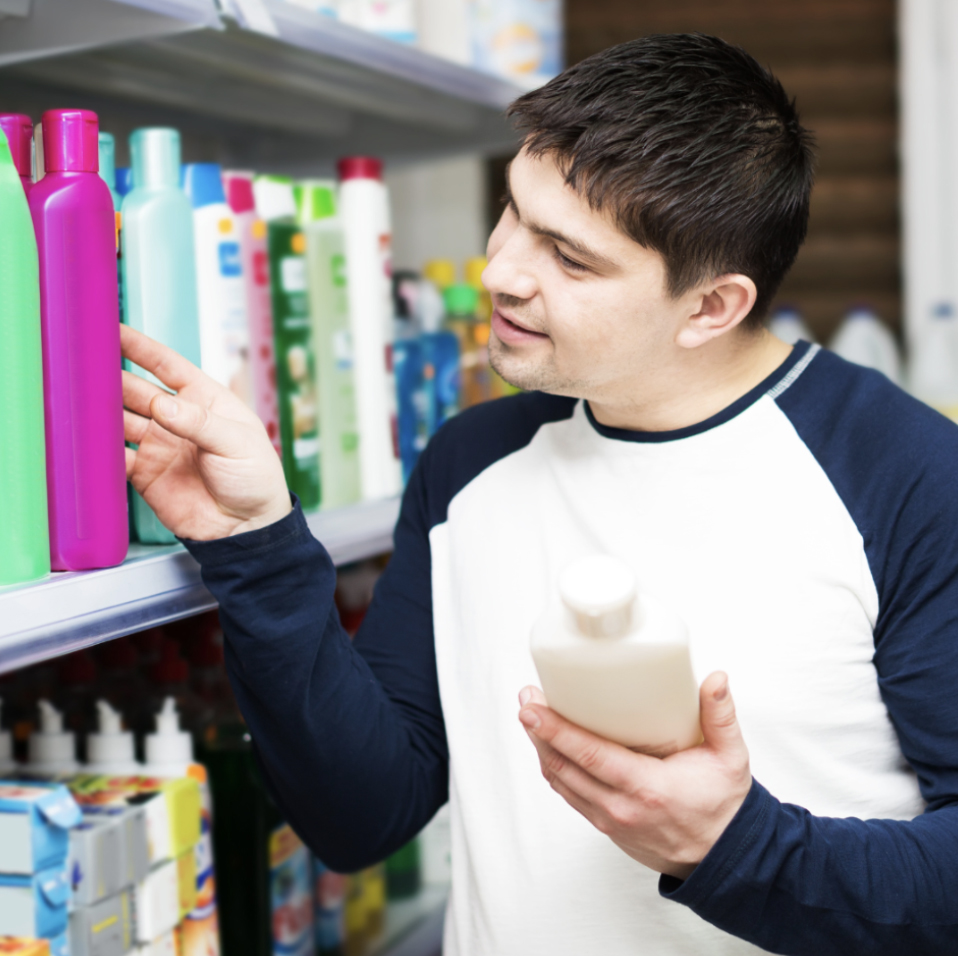Managing hidden fences for households with multiple pets can be challenging but highly rewarding. By customising settings for each pet, you, as a pet owner, can be sure that your hidden fence installation works effectively and keeps all your furry friends safe. Let us provide you with more advice on using hidden fences in multi-pet households. Read more about our tips on customization and management.
Understanding Hidden Fence Systems
A hidden fence, also known as a wireless dog or cat fence, uses a transmitter to send signals through a boundary wire buried around the perimeter of your property. Each pet wears a receiver collar that detects the signal. When the pet approaches the boundary, the collar emits a warning beep, followed by a mild static correction if the pet continues.
Customizing Settings for Different Pets
When managing hidden fences for households with multiple pets, customising settings for each pet is essential for effective containment and safety. Different pets have varying sensitivities and behaviours, necessitating tailored correction levels and training approaches. By adjusting settings for individual pets, you ensure that each one understands and respects the boundary, providing a harmonious environment for all.
Adjusting Correction Levels
Different pets may have various sensitivities to static corrections. Most hidden fence systems allow you to adjust the correction levels on each receiver collar. For example, a larger, more stubborn dog may need a higher correction level than a smaller, more timid pet. Adjust the settings to suit each pet’s temperament and size to ensure effective containment without causing undue stress.
Using Multi-Collar Systems
When managing multiple pets, it’s essential to ensure that the receiver collars are compatible with your hidden fence installation. Most systems are designed to handle multiple collars simultaneously, but it’s important to check the manufacturer’s specifications. Synchronize the collars with the transmitter to ensure consistent performance across all pets.
Addressing Unique Needs
If you have cats as well as dogs, you might need a DIY cat fence setup. Cats are more agile and may require different training methods and collar settings. Ensure that the collars are lightweight and comfortable for your cats, and consider additional training sessions to help them understand the boundaries. Either use a wireless dog fence or a DIY cat fence; this can help you create a harmonious and secure environment for all your pets.
Dealing with Behavioral Differences
Each pet has a unique personality and may react differently to the hidden fence system. Pay attention to each pet’s behaviour and adjust the training and settings accordingly. For pets with anxiety or other behavioural issues, additional training and positive reinforcement can help them adapt to the hidden fence more effectively.
Managing hidden fences for multiple pet needs requires careful customisation and regular maintenance. By adjusting settings for each pet, training them individually, and monitoring the system, you can be sure that your Hidden Fence remains effective and your pets stay safe.

